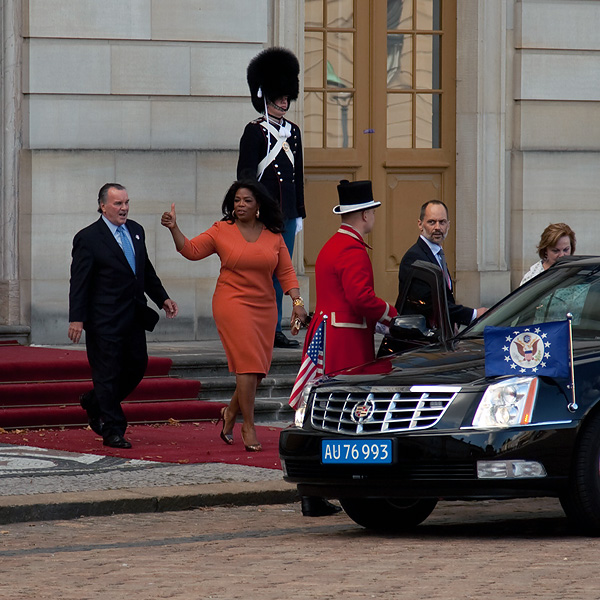Let’s continue the talk about advertising.
Advertising, as defined here, is a special branch of communication and not something different from it. Advertising can, and should, be treated with the barebones resources made available on this blog.
So, that is just what I will continue to do. I will also move back to the Danish telco project for this particular blog post.
The three companies I am investigating are TDC, Telenor and Telia. Why address telcos, you may ask? The answers to this question are simple. Here are a two of them: The area is highly prolific, and intensely competitive. That goes particularly for the Danish market since it is considered pretty mature and a rather small one. The three main companies mentioned are sweating for arguments to increase and/or to protect market shares.
Follow this link for more good reasons.
You may remember that I some time ago lay the foundation for a backbones bases view on advertising. I talked about Red Zone, Blue Zone and Grey Zone Advertising.
In this post will I will ask the question: What is Grey Zone Advertising? And I will try to answer it. At least indicate an answer.
I have suggested that we split advertising three ways: First there is Red Zone Advertising (Above the Line Advertising), secondly there is Blue Zone Advertising (Below the Line Advertising) and then barebones introduces a third form of advertising Grey Zone Advertising (Beyond the Lines Advertising).
These three forms exhausts the area. All company activities, in any form whatsoever, are activities within one or more of the three zones mentioned.
The first two zones are familiar to most dealing with advertising, but the third one is not. Normally activities that you find in the Grey Zone area would not be considered advertising at all. But it needs to be accepted as advertising as it is a type of activity that promotes services and products for a company just as strongly as Red Zone and Blue Zone Advertising do. In some cases Grey Zone messages may even contradict and overrule what is stated in Red and Blue Zone messages.
Let’s take the case of TDC CEO, Henrik Poulsen, who apparently acts as a Light Master in one of the company commercials from late 2009.(See this post). The commercial operates in two zones: The first zone is Red Zone. The second zone is Grey Zone. Let me explain: It operates in Red Zone since it obviously is a commercial for a specific TDC services. In addition it operates in Grey Zone since CEO, Henrik Poulsen, has chosen to cast himself as the Light Master standing on top of a ladder in the opening scene of the commercial. Casting himself in that role effects the basic message of the particular TDC service. The effect could be good for business, it could be neutral for business or it could be bad for business.
Let me take this a step further: If Henrik Poulsen is a person well perceived by the audience his appearance in the commercial may be taken as a sign of courage, playfulness, and youth and thereby effect the TDC service positively. On the other hand, if Henrik Poulsen is not well perceived his appearance might effect sales and image negatively.
Most likely the result here is zero since none would ever suspect the head of a company the size of Danish TDC to act as Light Master in one of his own commercial. And the scene is very brief, indeed. Could be that Henrik Poulsen will simply not be recognized as the CEO of one of the largest Danish companies: TDC.
You have ONE question. I sense that. Why do I want to call Grey Zone Advertising for advertising at all when it is not generally recognized as such? And what a good question that is. Once again the answer is simple: If you don’t label it as advertising you will tend to overlook the fact that is works like advertising for the company, their products and services. That’s why. You will most likely work out of focus, blindly. If that’s what you intend feel free to pick another name for it :-). Many do.
By the way: What on earth is Henrik Poulsen doing on top of that ladder in the first place?
All for now. Have a good weekend . TGIF.
……………………..
For more posts in the telco project, visit telco basecamp.









